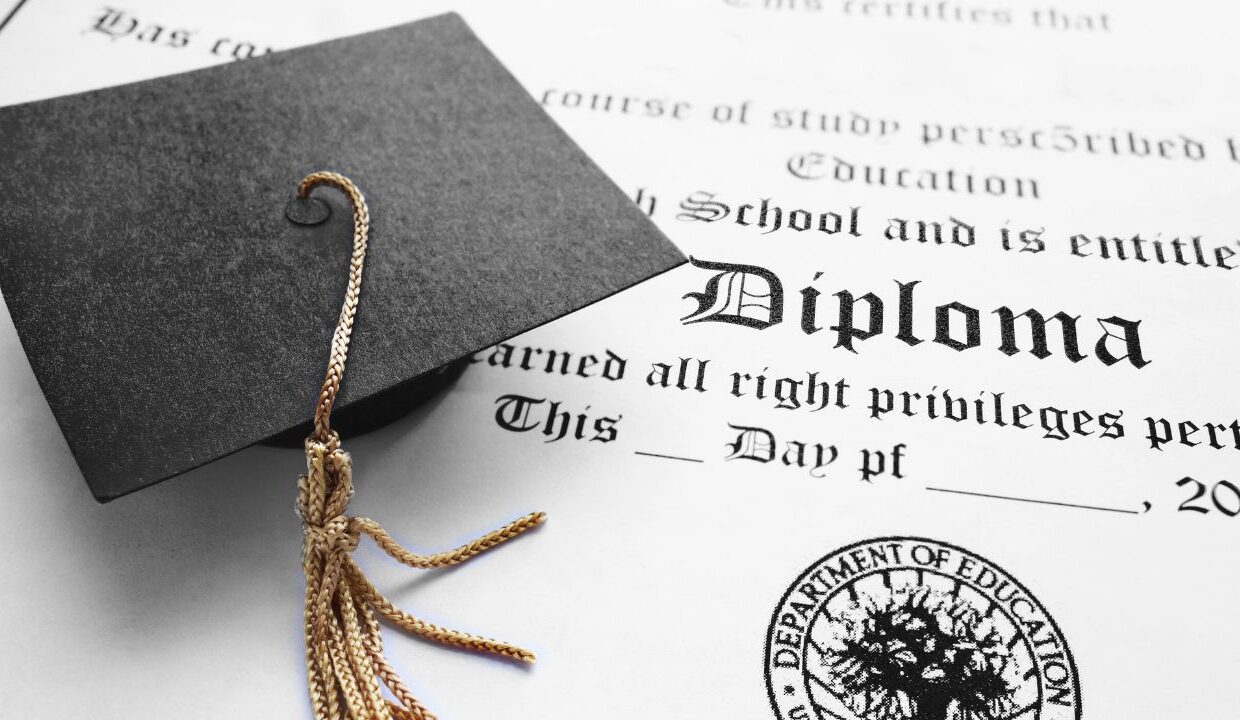
Introduction
Diploma homologation is the process of recognizing foreign academic qualifications in Spain. If you have been educated outside of Spain and want to work or continue your studies in that country, you will most likely need to homologate your diploma. This process confirms that your diploma meets Spanish educational standards and allows you to enjoy all the rights granted by Spanish diplomas. In this article, we will look at the basic steps required to homologate your diploma in Spain.
Step 1: Document preparation
The first step in the homologation process is to collect and prepare all the necessary documents. Here is a list of the basic documents you may need:
1. Diploma Copy: A Spanish translated and certified copy of your diploma.
2. Academic transcript: A list of courses taken and grades earned (transcript), also translated and certified.
3. Passport or ID: A copy of a document proving your identity.
4. Program of Study: A detailed description of the courses and subjects you have taken, also translated into Spanish.
Step 2: Translation and certification of documents
All documents must be translated into Spanish. The translation must be done by a sworn translator accredited by the Spanish Ministry of Foreign Affairs. After the translation, the documents must be notarized at a notary office to confirm their authenticity.
Step 3: Applying
The next step is to apply for homologation. This can be done through the Spanish Ministry of Education and Vocational Training (Ministerio de Educación y Formación Profesional). The application can be submitted online through an electronic platform or in person at one of the Ministry’s offices. The application must be accompanied by all the documents prepared.
Step 4: Payment of the fee
An administrative fee is charged for processing an application for homologation. The fee may vary depending on the type of diploma and the country in which it was obtained. Payment can be made by bank transfer or online through the Ministry’s website.
Step 5: Waiting for a decision
After submitting the application and paying the fee, the only thing left to do is to wait for a decision. The homologation process can take anywhere from a few months to a year. During this time, the ministry will check your documents and compare your curriculum with Spanish standards.
Step 6: Receive the result
Once the verification is complete, you will receive an official notification of the decision. In case of a positive result, your diploma will be homologated and you will receive a certificate. In case of a rejection, you will receive an explanation of the reasons for the rejection and possibly recommendations for additional courses or exams to be taken for homologation.
Conclusion
The process of diploma homologation in Spain takes time and careful preparation, but it opens the door to a professional and academic career in this country. By following these steps and carefully preparing all the necessary documents, you will significantly increase your chances of having your diploma successfully recognized in Spain.

